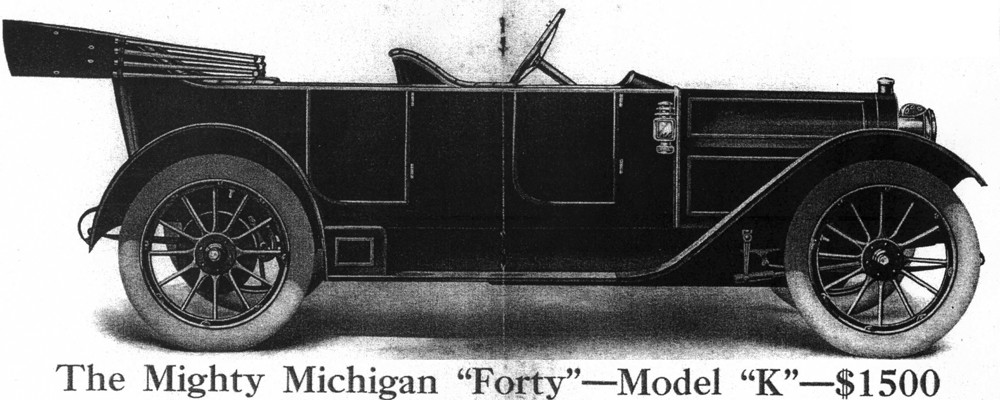My Dad headed back to Fresno and I took a some time off from working on the Michigan… letting the issues before me sink in a little. The differential was becoming a real frustration. “Correcting” the mistakes in the rear end was not improving the operation of the gears. Eric & Kristie arrived for a visit on January 24, 2017 and Eric was ready to attack the problems my Dad & I were encountering. When in doubt, call in the engineers from M.I.T. And so we did.

Eric & Craig try sorting out the differential. Kristie supervises.
We took the carrier out of the mounting and went through it to work out the adjusting mechanism.

The entire drive shaft had a lot of components, some of which were not original. At least one Hyatt type caged roller bearing had been replaced with a modern sealed bearing and spacer. I annotated the arrangement as I found it:

Annotated Drive shaft – Differential End

Annotated Drive Shaft – Engine End

Drive shaft – full length
Eric & I checked forward & reverse play / looseness in the drive shaft pinion gear and tried to get it to adjust where there wasn’t too much fore & aft slop while adjusting the ring gear left and right to get a nice mesh without binding or clatter.

Ring & pinion close-up
We were less than completely successful. Improvements? Yes. Wonderful? No.

Eric & Craig put a Hyatt bearing on the differential carrier.
Some of the adjusting mechanisms didn’t want to cooperate very well. Most especially the rear thrust bearing adjuster that was accessed though a little door on the torque tube.

Measuring gear lash & location of adjustment door.
By the time Eric & Kristie had to leave, we had still not sorted out the actual proper (or best) adjustment of the gears, but we could see what needed to be done.






















